Why heat kills cells?
 Source:
Source:
If the temperature rises above a certain threshold, the cell collapses and dies. One of the simplest explanations of this lack of heat is that the proteins necessary for life, are those which extract energy from food or sunlight, fighting with intruders, destroy waste and so on, are often incredibly exact in shape. They start with long chains that then fold into spirals and other configurations dictated by the sequence of their components. These forms play an important role in what they are doing. But when it starts to heat up, communication, support structures of proteins are destroyed: first the weak, then when the temperature rises, and strong. Obviously, the destruction of the protein structure should be deadly, but until recently the exact details of how or why it's killing overheated cells was unknown.
And Biophysics from the Polytechnic University in Zurich, Switzerland, studied the behavior of each protein in the cells of four different organisms with increasing heat. This study and its rich background data, recently published in Science, showed that when the temperature of the cell death — whether a human cell or a cell of Escherichia coli — split only a few major proteins. Moreover, the abundance of a protein in a cell, apparently, shows an intriguing connection with the stability of the protein. These studies propose to look at the basic rules that determine the order and disorder of proteins — rules that, according to the researchers, have implications that go far beyond the simple cell death.
Paola, Picotti, biophysicist, who led the research, explained that these experiments came from the old, thorny question: why do some cells survive at high temperatures, while others die. The bacterium Thermus thermophilus lives happily in the hot springs and even domestic water heaters, while E. coli disintegrates already at 40 degrees Celsius. There is strong evidence that important differences in the stability of proteins of each organism. But to study the behavior of the protein when it is still in the living cell, — it's the perfect way to understand it, and it is very difficult. The separation of protein in vitro gives only partial answers, because inside the body proteins are joined together by altering the chemistry of each other or holding each other in the right form. To understand what breaks down and why, you need to study proteins, yet they affect each other.
To solve this problem, a team of scientists has developed a tedious automated workflow, in which they share the cells open and their contents gradually heated, releasing enzymes cut proteins in the mixture in stages. These enzymes are particularly good when cutting deployed proteins, so the researchers were able to determine the temperature at which denied each fragment proteins. Thus, they represent non-deployed, or denaturing, the curve for each of the thousands of proteins they studied, showing how these arcs go from intact structures at a comfortable temperature in a state of decay with increasing temperature. To see how these curves differ between the species, the researchers chose four species — humans, E. coli, T. thermophilus and yeast.
"It's a beautiful study," says Allan Drummond, a biologist at the University of Chicago, noting the scale and delicacy of the process.
One of the most obvious observations was the fact that each type of proteins are not unfolded massively with increasing temperature. Instead, the first collapsed proteins are a small subset, said Picotte, and it was the most important proteins. Most often these proteins were closely related, that is affecting the many processes in the cell. "Without them, the cell cannot function, says Picotte. — When they leave, can collapse the whole network". And, obviously, the life of a cell.
This paradox — that some of the most important proteins are the most delicate — can reflect how evolution has shaped them for their work. If a protein has many roles, he can benefit from instability, being movable to the folding and unfolding, that is, the folding and deployment, because it will allow him to take many different forms depending on the purpose. Many of the important proteins have enhanced flexibility, making them more unstable, but it is flexible and is able to communicate with the different target molecules in the cell, explains Piketty. Approximately they are able to perform their functions — this kind of compromise.
On closer examination of E. coli data which were the cleanest, the researchers also found a correlation between the abundance of a protein, how many copies of it floating around the cells and its stability. The more copies a cell makes, the more heat required to break protein. It is also worth noting that the abundance does not always correlate with vital importance: some rare proteins are also important. This relationship between the abundance and stability was submitted by Drummond on the level of ideas ten years ago when he questioned the trend of cellular machines to make occasional mistakes. Error usually destabilizie protein. If this protein is produced and distributed hundreds or thousands in a cage every day, then incorrectly deployed copies in large quantities could be fatal to cells. The body would be helpful to create versions of standard proteins with additional stability, and the data team Picotti reflect this.
To investigate which quality provide protein thermal stability, the researchers compared data from E. coli and T. thermophilus. E. coli proteins begin to break down at 40 degrees Celsius and for the most part fall to 70 degrees. But at this temperature the proteins of T. termophilus just becomes uncomfortable: some of them retain their shape up to 90 degrees Celsius. Scientists discovered that the proteins in T. termophilus, as a rule, short, and certain types of shapes and components appear more frequently in the most stable proteins.
These results may help researchers to design proteins with resistance, carefully tuned to their needs. In many industrial processes, which include bacteria, increasing the temperature increases the yield but until the bacteria do not die from the heat. It would be interesting to know if we could stabilize the bacteria creating several proteins that are more resistant to temperature rise, says Picotte.
In Addition to all these observations, the abundance of information about how the unfolding of each protein, leading biologists excited. Protein stability is a direct indicator of how likely it forms protein aggregates: clusters of deployed proteins that stick to each other. Units, often the nightmare of the cell, can interfere with important tasks. For example, they are connected with certain severe neurological conditions such as Alzheimer's disease, when plaques are stuffed with denatured proteins in the brain.
But this does not mean that aggregation occurs only in people suffering from this disease. On the contrary, scientists understand that this can happen constantly without any obvious sources of stress, and that a healthy cell can handle.
"I think it's increasingly recognized as a widespread phenomenon," said Michelle Vendruscolo, a biochemist at the University of Cambridge. "Most proteins actually accumulate in the cell environment. Piccotti received important information about the period of time in which a specific protein is in an undeployed state. This interval determines the degree to which it accumulates".
Some proteins are almost never turn around and do not accumulate, others do so under certain conditions, others do it all the time. Detailed information in the new work facilitates the study of differences in why they exist and what is meant. Some curves denaturirovaniâ even demonstrate patterns, which suggests that proteins accumulate after deployment.
Although many scientists are interested in the units because of the damage they cause, others think about this phenomenon differently. Drummond says it has become evident that some units are not just bags of garbage, floating around the cage; rather, they contain active proteins that continue to do their job.
Imagine what you see from afar the smoke rising from the building. All around him is the form that you are taking the body out of the wreckage. But if you get close, you may find that it is real people who escaped from the burning building and waiting for an ambulance. Like this is happening in the study units, says Drummond: scientists discover that instead of being victims, proteins in the aggregates may also be a survivor. This is a powerful trend in biology at the present time.
In General, this work suggests that proteins are dynamic structures curiously. First, they look like tough machines running on certain fixed tasks for which they need one specific form. But in fact, proteins can take different forms in the course of its normal operation. If necessary, their form can change so drastically that it will seem like they are dying when in fact they are strengthening. At the molecular level life can be a constant decay and renewal.
...Recommended
What will be the shelter for the first Martian colonists?
Mars is not the friendliest planet for humans While the Red Planet is roaming rovers, researchers are pondering the construction of shelters and materials needed by future Martian colonists. The authors of the new paper suggest that we could use one ...
New proof of string theory discovered
Just a few years ago, it seemed that string theory was the new theory of everything. But today the string universe raises more questions than answers String theory is designed to combine all our knowledge of the Universe and explain it. When she appe...
What is the four-dimensional space?
Modeling camera motion in four-dimensional space. View the world in different dimensions changes the way we perceive everything around, including time and space. Think about the difference between two dimensions and three dimensions is easy, but what...
Related News
10 high profile cases when the scientific laurels went not to the
In school we learn about all scientists because they have made invaluable discoveries and found a lot of important decisions in everything from horrible diseases to brilliant technologies. However, the history is often not what yo...
What happens when it evaporates, the singularity of a black hole?
Not so easy to imagine, given the diversity of the forms taken by matter in the Universe, over millions of years, there was only neutral gas atoms of hydrogen and helium. And similarly, it is difficult to imagine that one day, in ...
MIT staff have learned "programming" pasta
Scientists from the Massachusetts Institute of technology are engaged not only in developments in the field of robotics and electronics, but also in the field of modernization of the food industry. Not long ago, during a conferenc...
Fluctuations of space and time: the proposed new explanation of dark energy
In the new study, scientists at the University of British Columbia suggested that the universe is expanding due to the fluctuations of space and time. At the moment around the mysterious dark energy has crowded a lot of confused t...
The chances of your appearance was not so small
in order For you have existed, a lot of incredible events had to unfold in a certain way. The right egg and sperm were to meet, to create you with a specific DNA sequence, and breathe in you life; one sperm's chance of 1 to 250 00...
Can human consciousness affect the physical world?
Perhaps one of the most intriguing and interesting phenomena in quantum physics that Einstein called "spooky action at a distance", also known as quantum entanglement. This quantum effect is the basis of quantum computers as quant...
Can the universe one day collapse?
One of the greatest achievements of the 20th century was the precise definition of how big, broad and massive is our universe. With about two trillion galaxies, enclosed in a volume with a radius of 46 billion light years, our obs...
Launched the first in Russia multi-node quantum network
Scientists from the Russian quantum center (RCC) managed to launch the first in Russia multi-node quantum network intended for data transfer. In the development of domestic experts used two methods of encrypting information that m...
Microsoft creates cloud-based storage system based on DNA
Research in the field of new media are now almost all large corporations. But the research group Microsoft Research went, I think, the farthest. Last year, the developers have stated that the storage of information. And according ...
What if the Earth started to spin faster?
In this life there are enough things to worry about. Nuclear war, climate change, whether you brush your teeth. Of the earth, which is spinning too fast, simply can not be in this list, because it will happen soon, certainly not —...
Five reasons why the 21st century will be the heyday of astrophysics
For many centuries, we arrogantly believed that he had found almost all the answers to the deepest questions. Scientists thought that Newtonian mechanics describes everything, until he discovered the wave nature of light. Physics ...
Google has found an effective way to teach the AI to build even more powerful AI
Google has announced the next big step in the development of artificial intelligence, describing a new approach to machine learning, by which neural networks can be used to create more efficient neural networks. In fact, we are ta...
Created technology that allows you to listen to the bacteria and cells
Engineers from the University of California San Diego have created a nanoscale optical fiber that has an incredible level of sensitivity: it is capable of detecting fluctuations produced by the turbulence created by the moving bac...
Is it possible to travel in time from the point of view of science?
Never wanted to go somewhere another time? No, not with the usual speed at which we are "bored" going forward — second by second. Either: the the faster to be able to get far into the future, remaining in the old age; the slower,...
Scientists first managed to obtain images of electron motion in graphene
Such material, graphene represents a two-dimensional carbon lattice with a thickness of only 1 atom, has recently become increasingly popular. And study its properties by specialists from around the world. Just recently a group of...
In Kazan was held the first Russian session quantum "phone" connection
As the press service of the ITMO University, Russian scientists successfully launched the Tatarstan capital of Kazan the first in Russia multi-node quantum network. Has been recently verified in the regime of «quantum phone&#...
Korean scientists have developed the long-range locator of radioactive materials
The best and well-established tool for detecting radioactive contamination are well-known Geiger counters. They register the radiation sources to capture the flows of photons and electrons. But researchers from Korea recently prop...
Impossible things that are possible on other planets
People are so accustomed to Earth that any access to space is very expensive, and the flight to another planet is postponed for decades, and all because of our habits. We breathe air, bathe in the sea, enjoying the sunset and the ...
The first in the history of the physics textbook was sold for 790 000 $
history books on science are for many collectors. Auctioneers put these treatises for a lot of money and often they find new owners who are willing to pay hundreds of thousands of dollars for the coveted lot. The famous textbook o...
Scientists have discovered a new quantum state of matter
Physics Department quantum information and matter California Institute of technology have discovered a new state of matter – a three-dimensional quantum liquid crystals. The discovery promises a progress in the development of the ...



















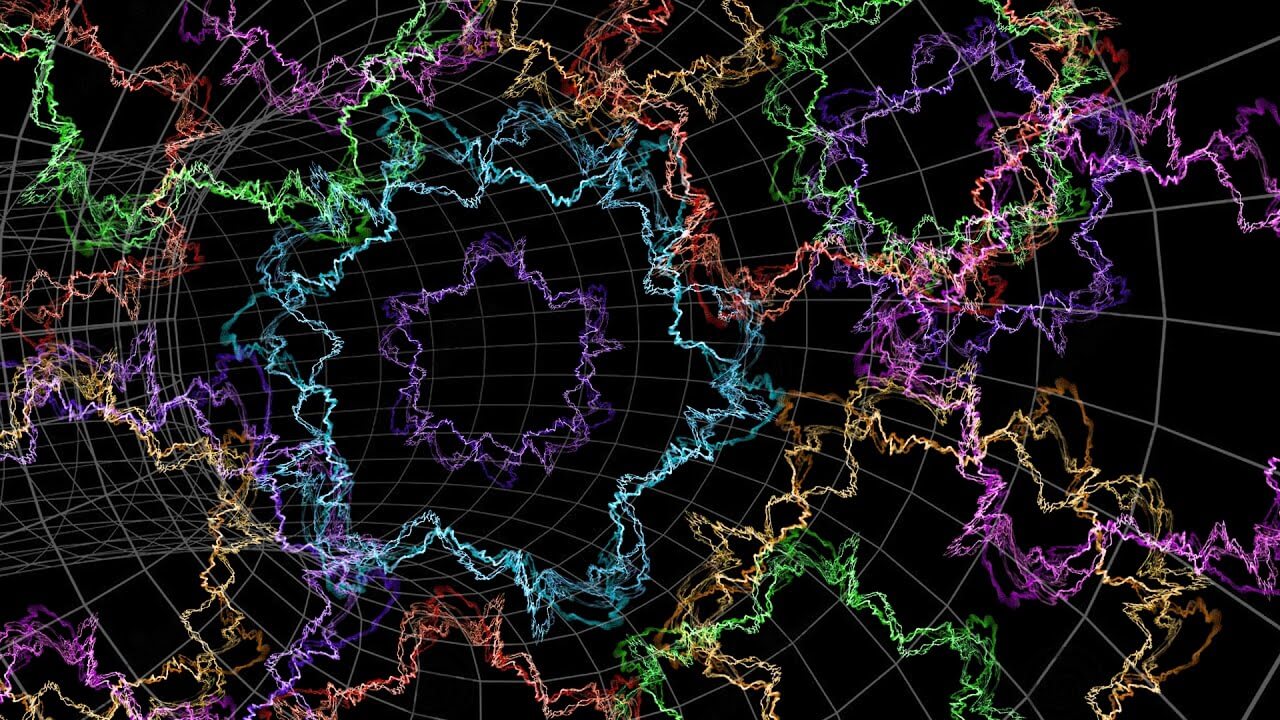
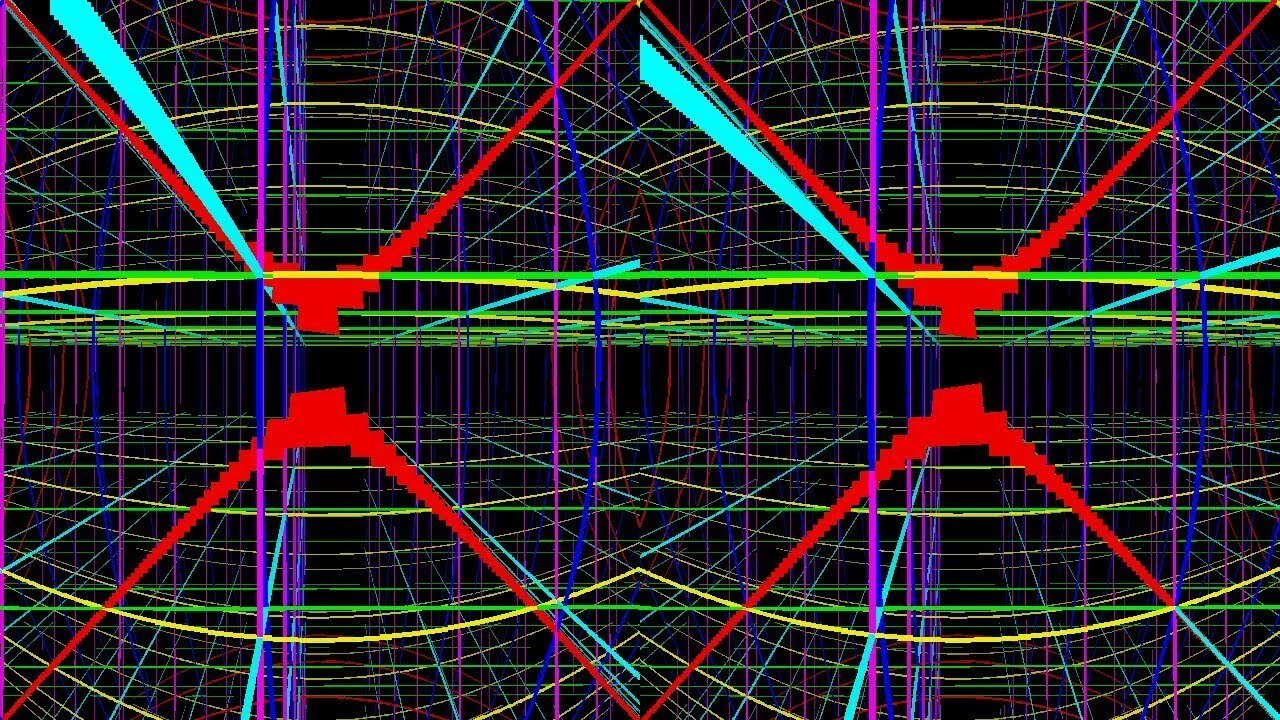
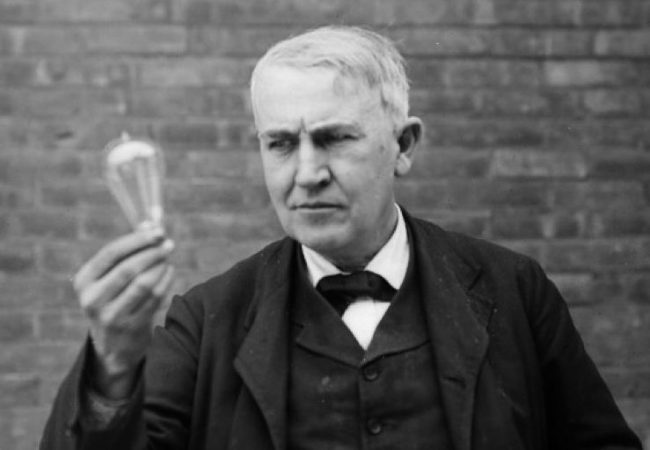

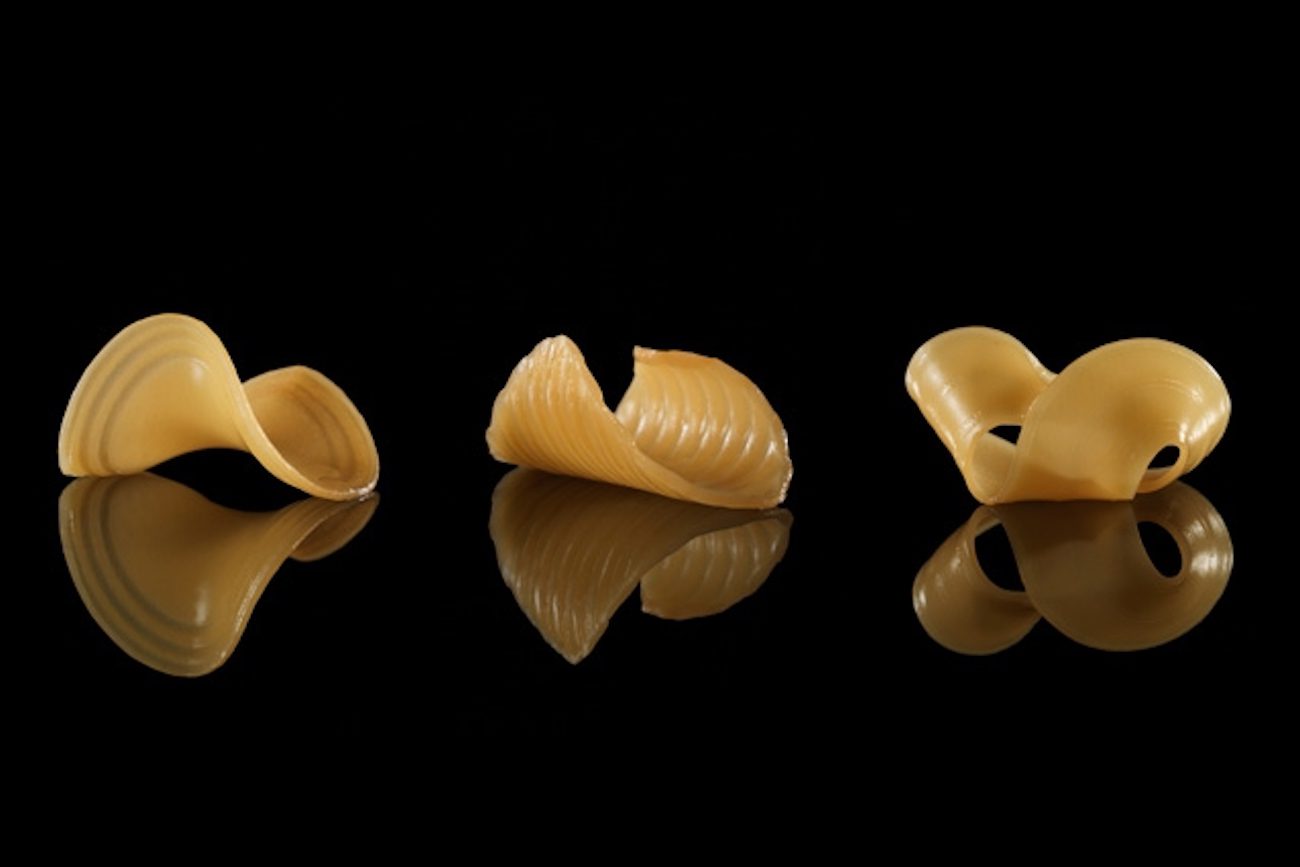

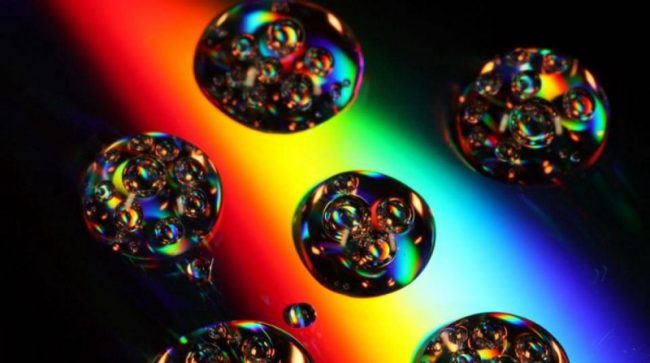
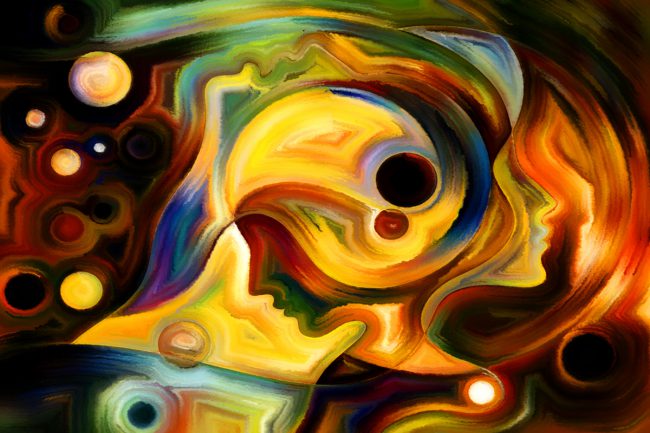
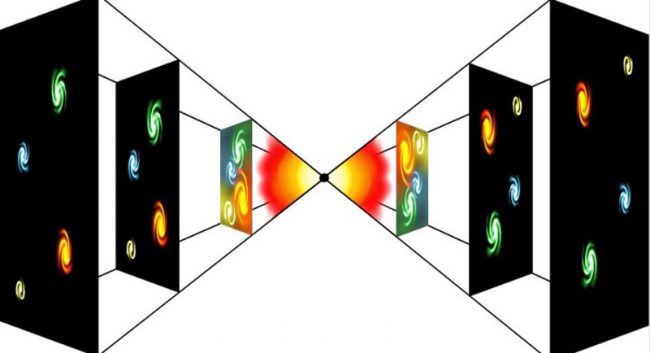
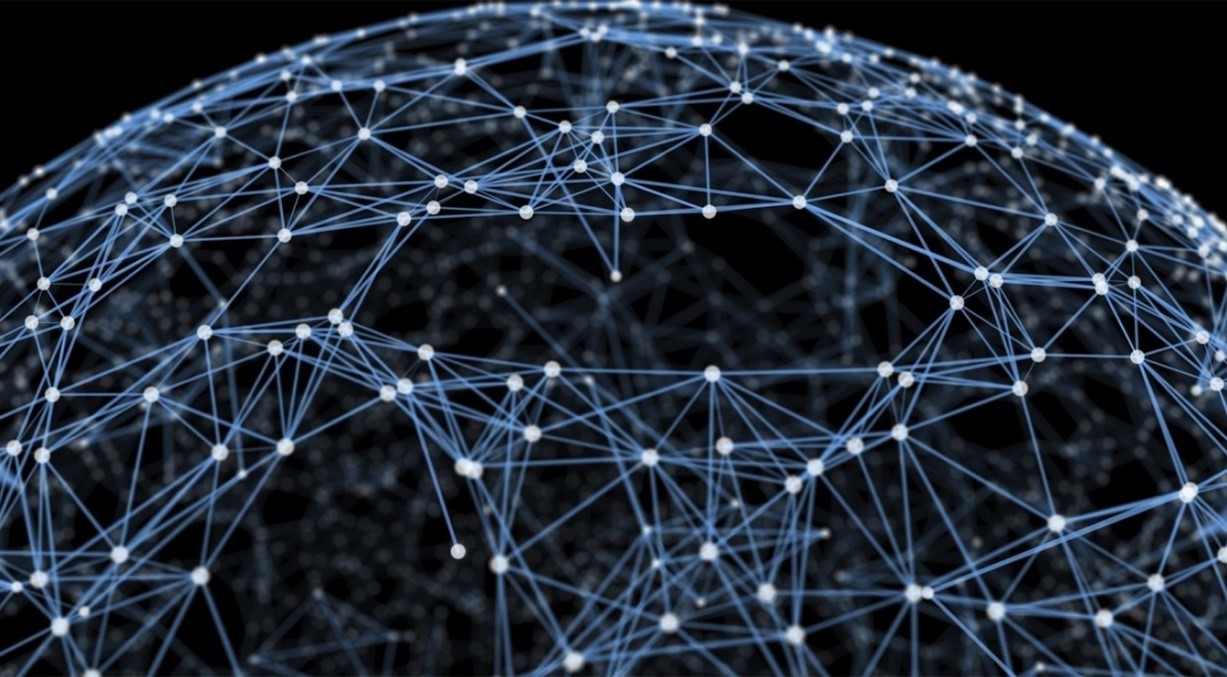
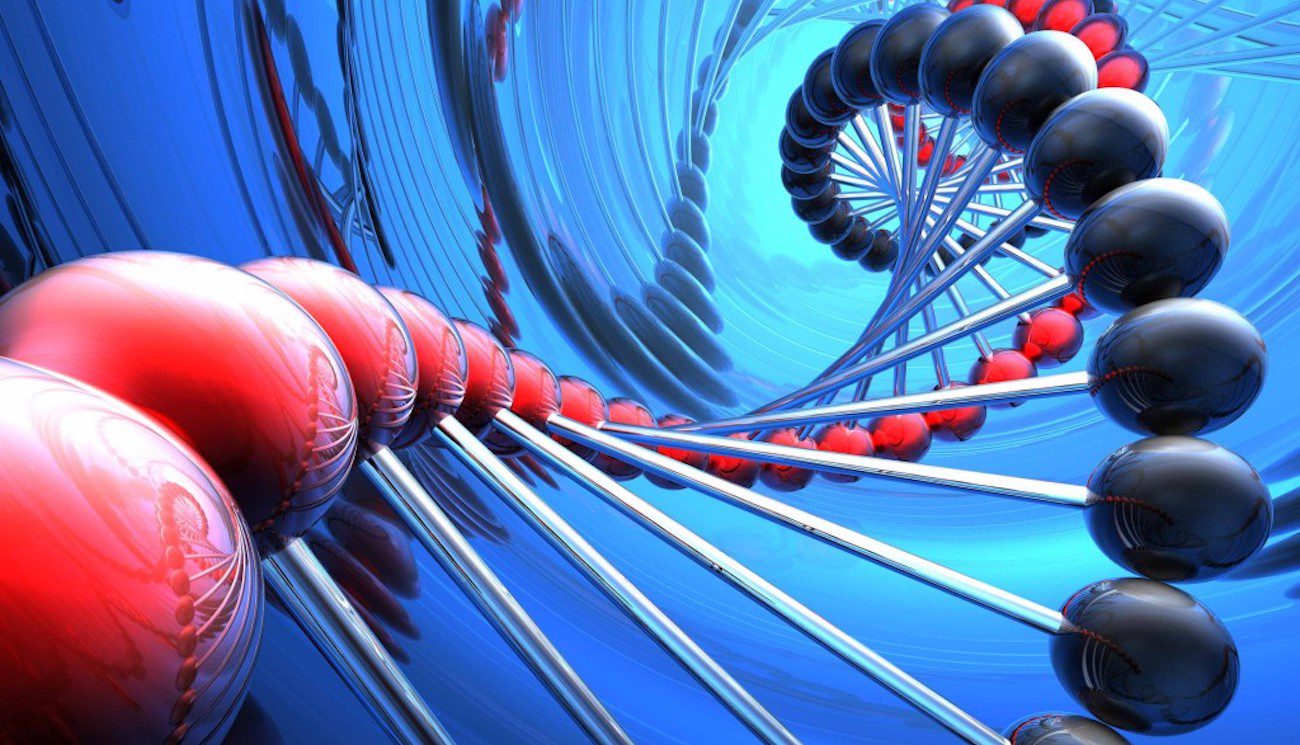
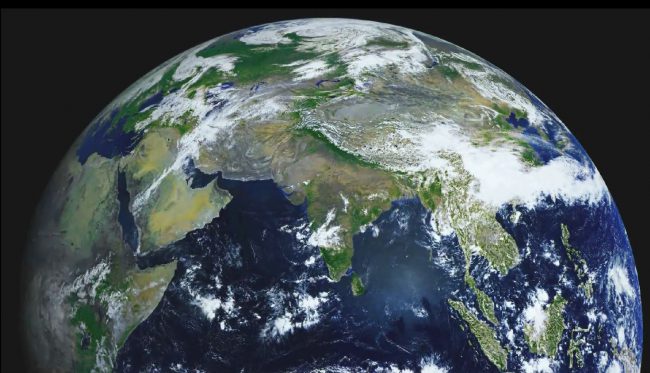
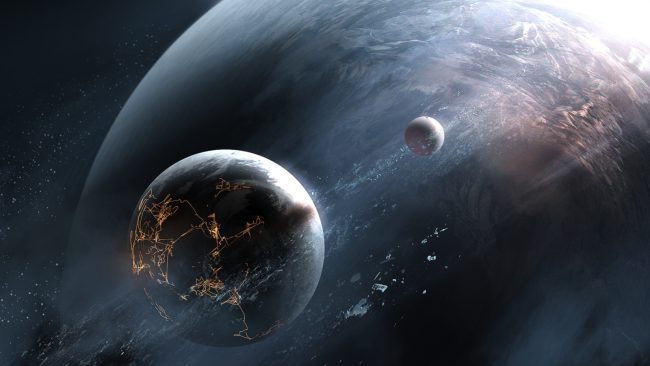
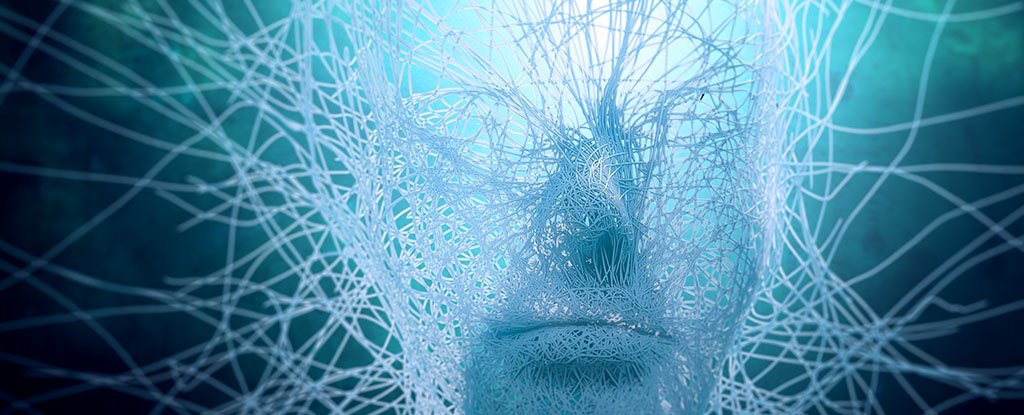

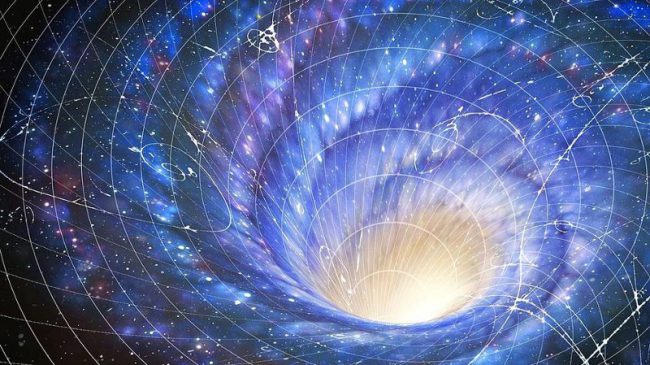
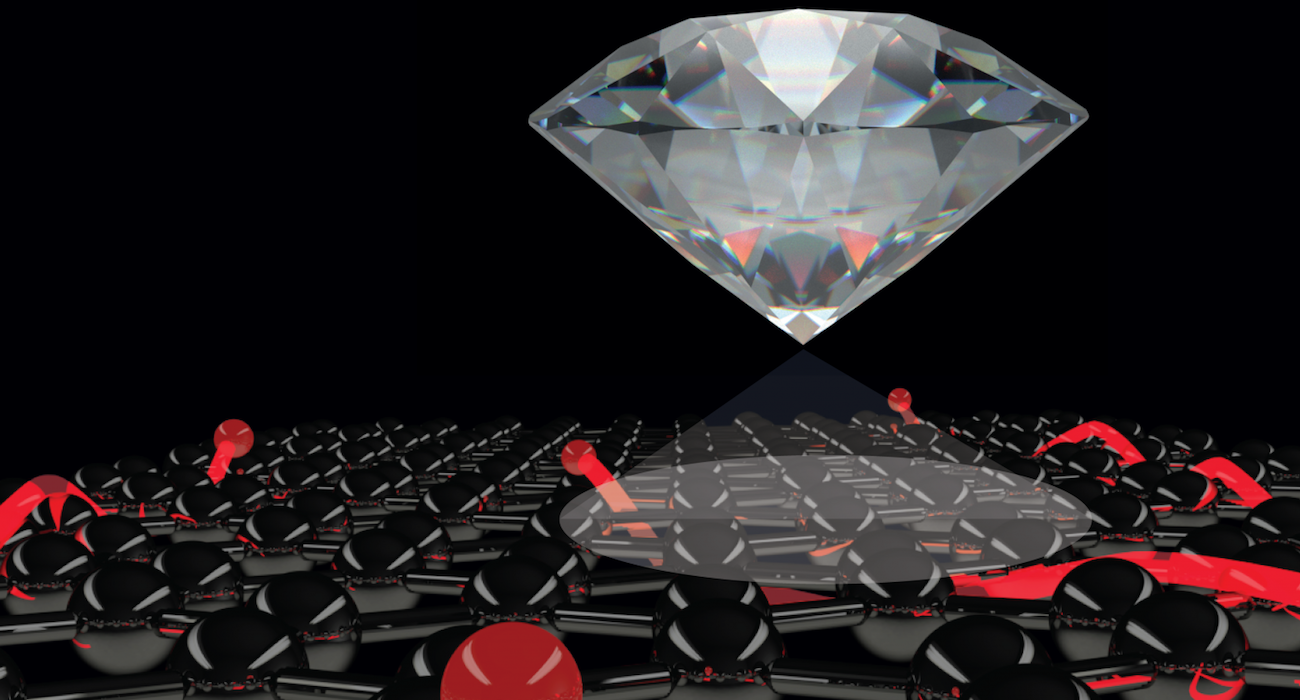

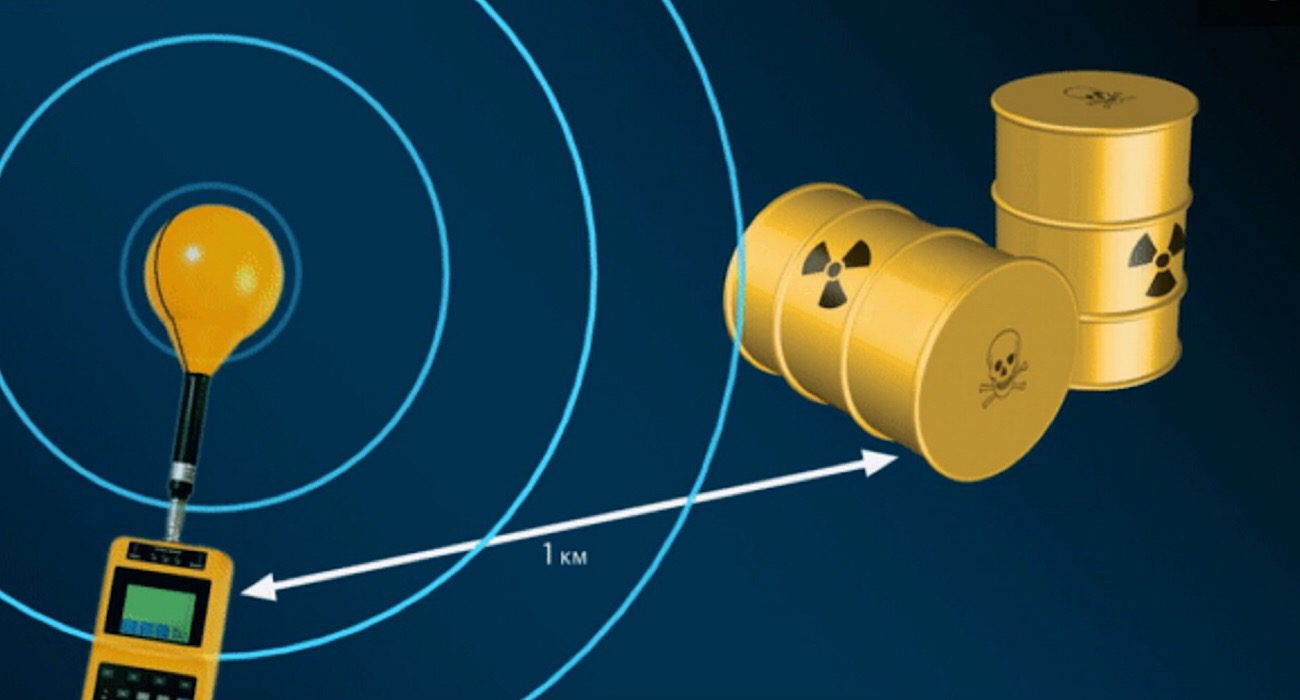

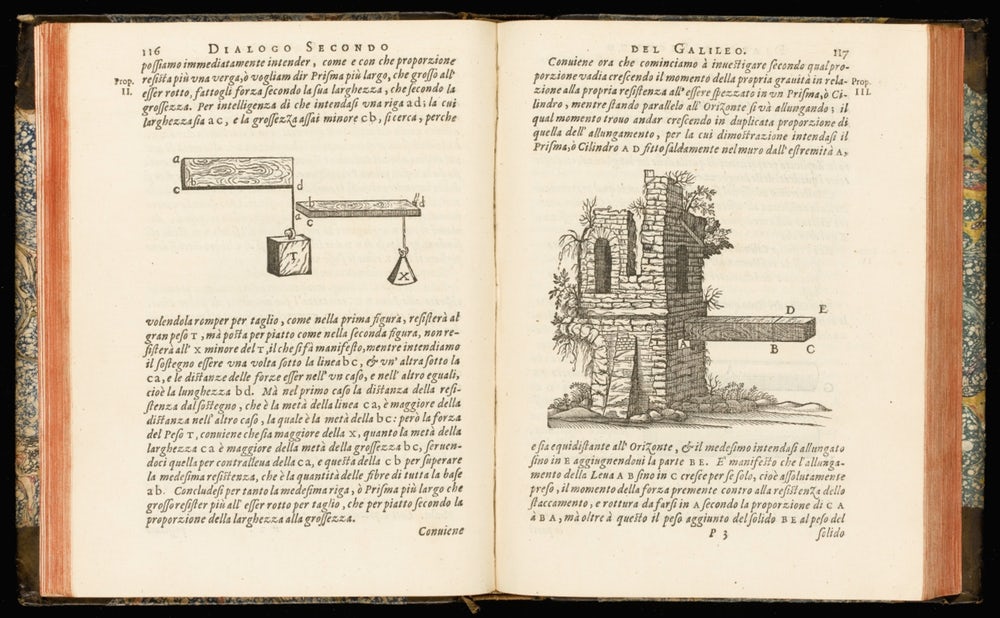
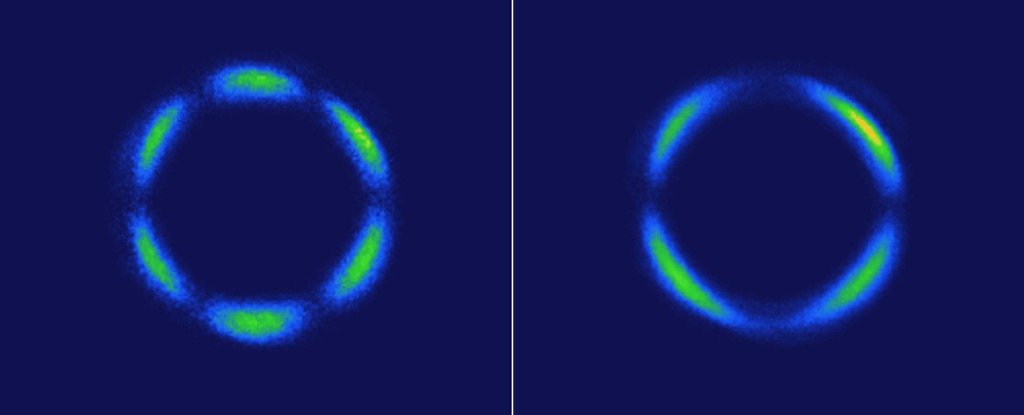
Comments (0)
This article has no comment, be the first!